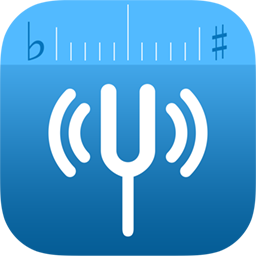With Illiad's Userfriendly cartoon going on about treating coffee addiction (see first strip here), my cravings for coffee skyrocket
I finished my first external Pure Data object, a note determining object. This object takes in the number of Hz a note is measured to be and outputs what note it is (the low A on a piano being 1, going up to 88), determining how many cent off it is and how many Hz extra there is (i.e, 415Hz = A flat (tone 47), one cent (minus 0.174Hz) low. Fourth output is a text with the note name, in this case Ab. This object uses equal temperament and was just an excercise for me to see if it can be done.
Here's a screen shot:

The code is copyrighted Niklas Saers, 2004. I place the code under the two clause BSD license meaning ...
Christian Mondrup has added an italian madrigal Tu che del mio dolore by Giovanni Battista Dalla Gostena (c.1558-1593) for 5 recorders to the recorder archive. Keep up the good work, Christian!
Thought you'd might want to see just how simple it is: my pyext example for Pure Data. I'm planning to make an object that takes in a floating point number of frequency height and determines what note it is and the amount of error according to different scale temperaments, i.e. Valotti, Werkmeister 3, Kirnberger, Meantone and Equal tempering.
I decided I prefer writing normal logic in a language I'm used to, so I went looking for a Python-external for Pure Data. And sure enough, I found [Thomas Grill][1]'s [py/pyext][2] (built upon flext, a C layer for Python externals). I didn't figure out how to install the binaries (didn't take the time to experiment) so I just compiled them up. Works great. ![]()
Writing externals for this is supersimple:
`
class example(pyext._class):
_inlets=2
_outlets=1
def _anything_1(self,args):
print "inlet 2:",args
self._outlet(1,1)
def _anything_2(self,args):
print "inlet 2:",args
self._outlet(1,2)
` This little code should be an external ...






